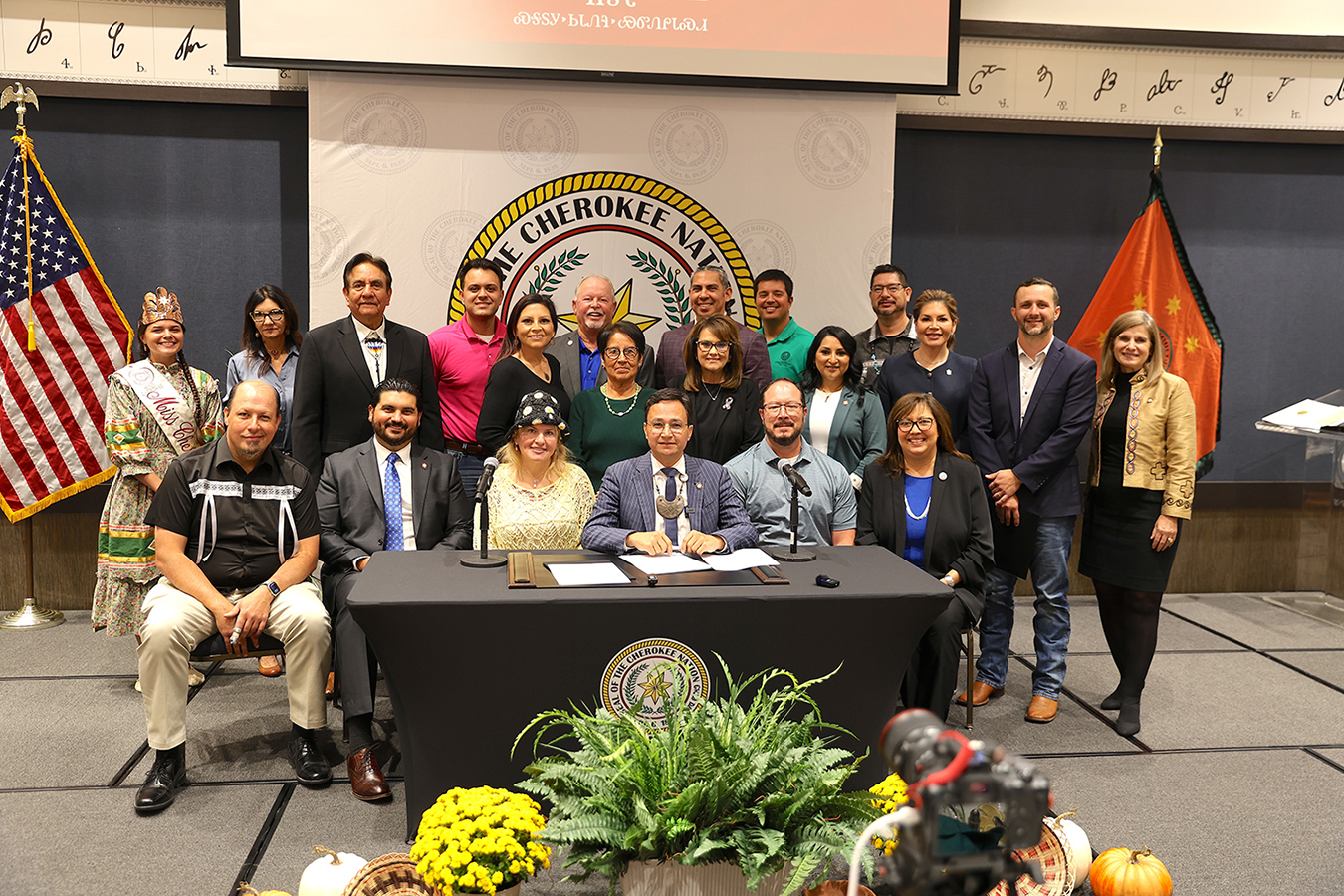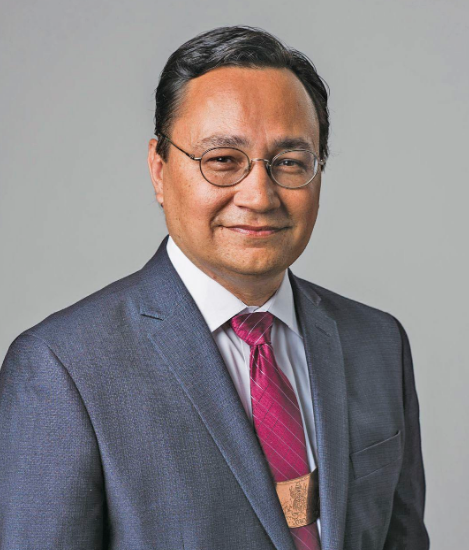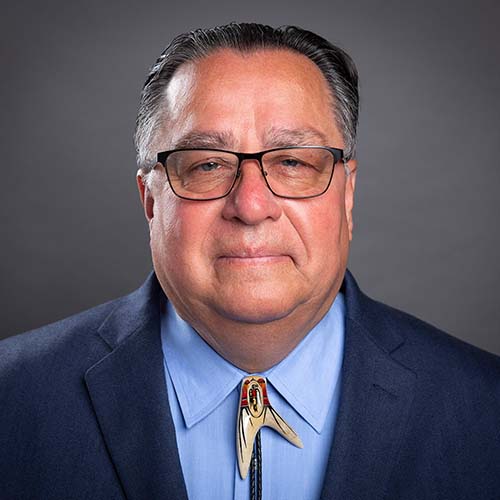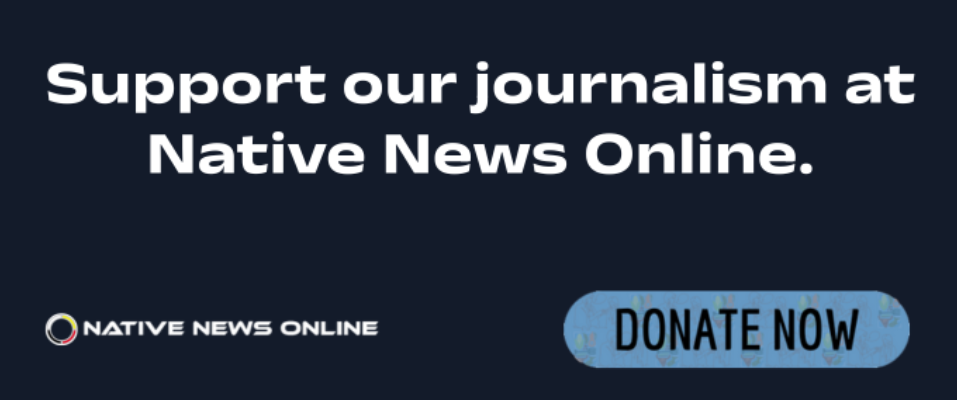
- Details
- By Chuck Hoskin Jr
Guest Opinion. The Cherokee language is the heart of who we are as a people. It carries our history, our way of life, and the values that connect us across generations. When we speak our language, we honor our ancestors and ensure that future generations can know themselves as Cherokee.
This shared mission was at the center of our recent Seventh Annual First-Language Speakers Gathering in Tahlequah. This celebration, which began in 2019, has become a beloved tradition, a moment to honor our fluent speakers, celebrate our teachers and learners, and renew our commitment to the Cherokee language.
Guided by the Durbin Feeling Language Preservation Act, we have made the largest language investment in Cherokee history: over $68 million since 2019. This year alone, our language budget totals nearly $25 million, ensuring the next generation of Cherokee speakers grow up surrounded by ample opportunity to learn.

This investment is visible across our 7,000-square-mile reservation. The Durbin Feeling Language Center in Tahlequah is the heart of our revitalization efforts. Next door, our Speaker Village provides housing for first-language elders, with a $12 million expansion underway and a second village planned for Adair County. In Tahlequah, a $30 million Immersion Middle School is under construction, bridging the gap between early education and higher learning. We’ve also expanded our Immersion School to Greasy, established a Master/Apprentice program in Kenwood, and launched an infant immersion program, so that our youngest citizens can speak their first words in Cherokee.
Our commitment extends to our first-language speaking elders. Through our Speaker Services Program, we’ve invested more than $39 million to help fluent speakers live with dignity and comfort. We are expanding programming with a new home health initiative called the Peer Recovery Program, which will hire caregivers who speak Cherokee to provide health care support directly in elders’ homes who are in need. We are dedicating an additional $2.3 million annually through the Public Health and Wellness Fund Act to develop these efforts, as well the continued support of Little Cherokee Seeds, a partner program operated locally by the American Indian Resource Center.
Innovation is another pillar of our mission. Two new Cherokee language apps are helping citizens everywhere learn the language. One is based on the New Testament and the other app features the Cherokee Dictionary created by the late linguistic pioneer Durbin Feeling. Our language is also being amplified through film and television, with major productions like “How to Train Your Dragon” and Amazon’s “The Rings of Power” now available to stream completely in Cherokee.
Deputy Secretary of State Canaan Duncan, himself a proficient second-language learner who studied our Cherokee language at the university level and heard the language being spoken by his first-language fluent-speaking kin growing up, is leading an effort near and dear to all of our hearts. Next year Deputy Secretary Duncan and a team in our language department will release a hard bound and digital edition of our Cherokee Nation Constitution in English and Cherokee.
Inside our tribal government, a new Human Resources policy rewards employees who pursue Cherokee language proficiency with bonuses and pay raises. This policy ensures that our language is valued in the workplace, not just in classrooms.
Even our newest Cherokee Nation food truck supports language preservation. It serves more than meals; it creates opportunities for workforce training and conversational learning. Each stop becomes a mini classroom, where citizens and employees can practice speaking Cherokee in daily life.
Six years ago, at our inaugural Cherokee speakers gathering, I feared our language was endangered. Today, I know it is on a visible path to revitalization. Through Gadugi, our cherished traditional Cherokee value of working together, we are building a future where the Cherokee language is strong. Every word we speak, every student we teach, and every elder we honor moves us forward.
Chuck Hoskin, Jr. is the principal chief of the Cherokee Nation.
More Stories Like This
Extending the Affordable Care Act Is a Moral Imperative for Indian CountryAll Is Fair in … War?
Why Federal Health Insurance Policy Matters to Cherokee Nation
The Absence of October's Job Report Shows Why Native American Communities Need Better Data
Tribal IDs Are Federally Recognized. ICE Agents Are Ignoring Them.
Help us defend tribal sovereignty.
At Native News Online, our mission is rooted in telling the stories that strengthen sovereignty and uplift Indigenous voices — not just at year’s end, but every single day.
Because of your generosity last year, we were able to keep our reporters on the ground in tribal communities, at national gatherings and in the halls of Congress — covering the issues that matter most to Indian Country: sovereignty, culture, education, health and economic opportunity.
That support sustained us through a tough year in 2025. Now, as we look to the year ahead, we need your help right now to ensure warrior journalism remains strong — reporting that defends tribal sovereignty, amplifies Native truth, and holds power accountable.
 The stakes couldn't be higher. Your support keeps Native voices heard, Native stories told and Native sovereignty defended.
The stakes couldn't be higher. Your support keeps Native voices heard, Native stories told and Native sovereignty defended.
Stand with Warrior Journalism today.
Levi Rickert (Potawatomi), Editor & Publisher

